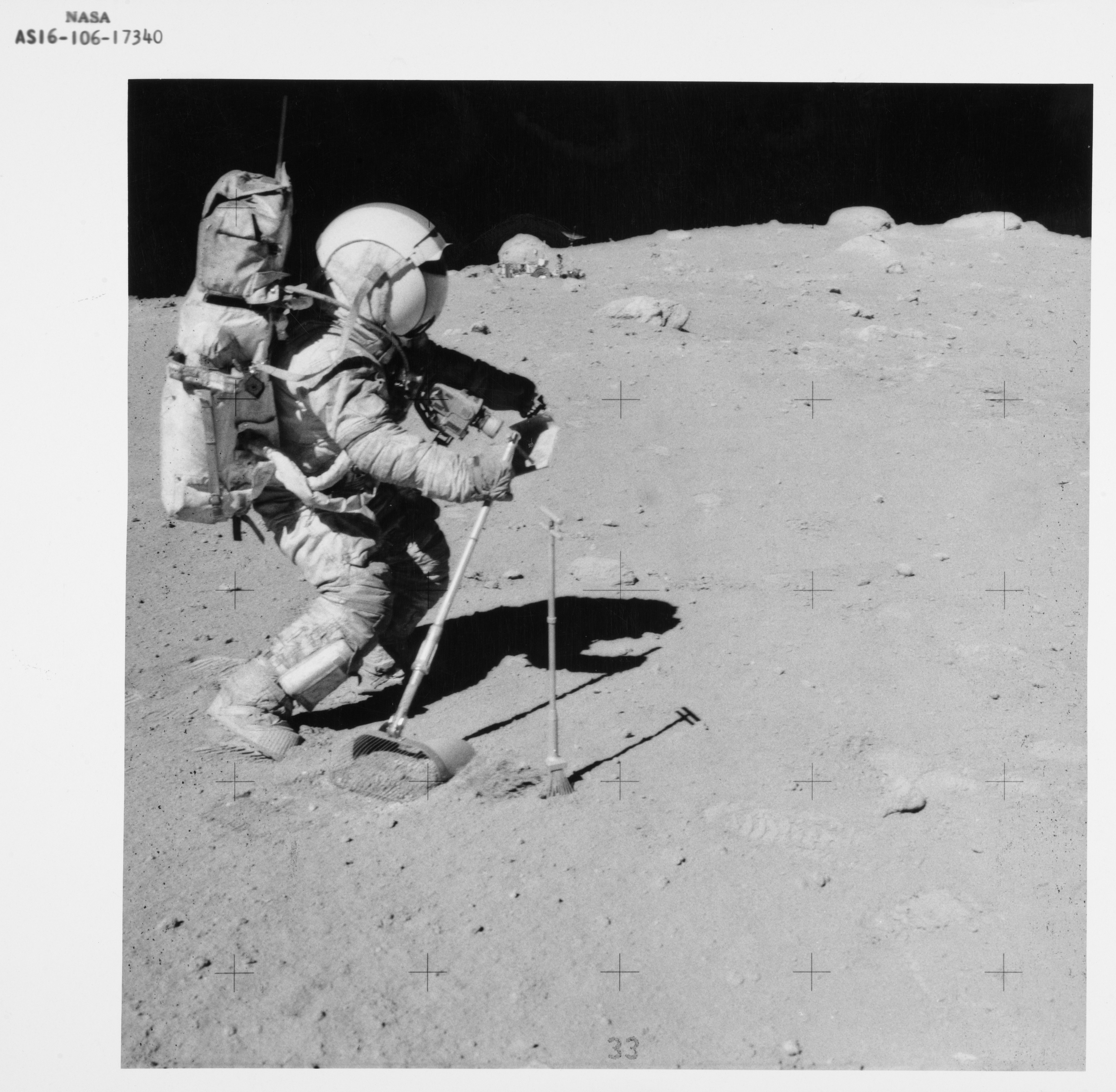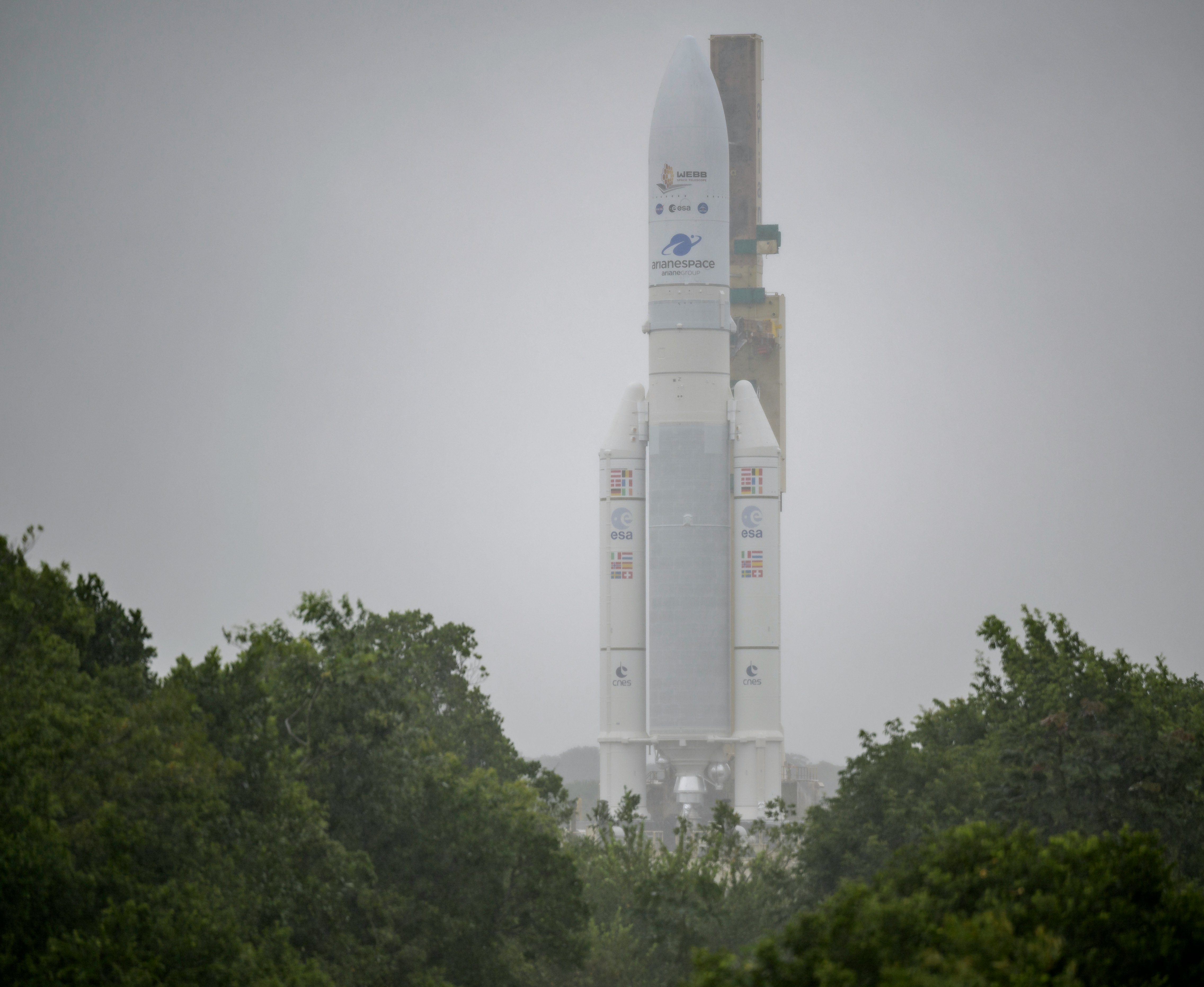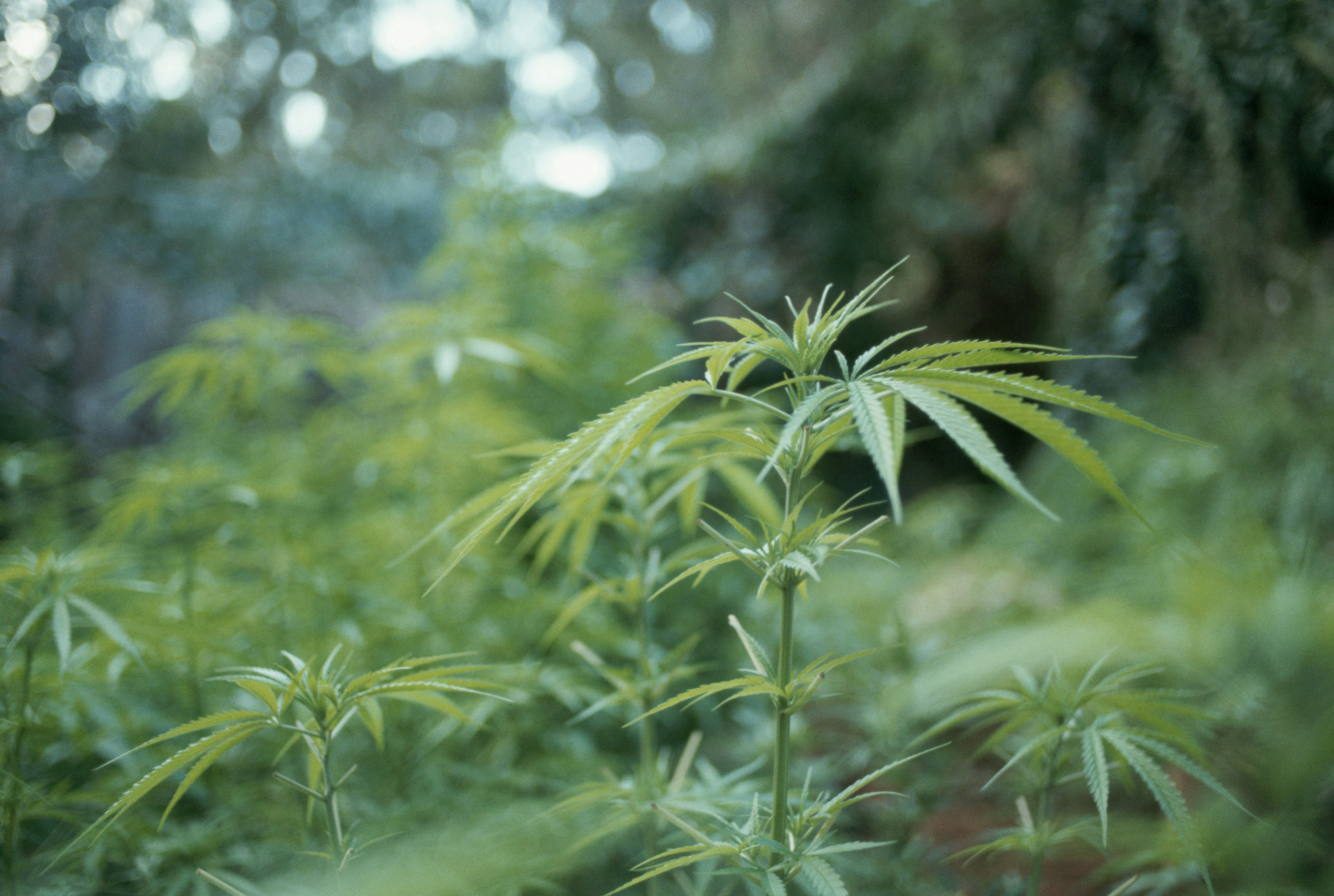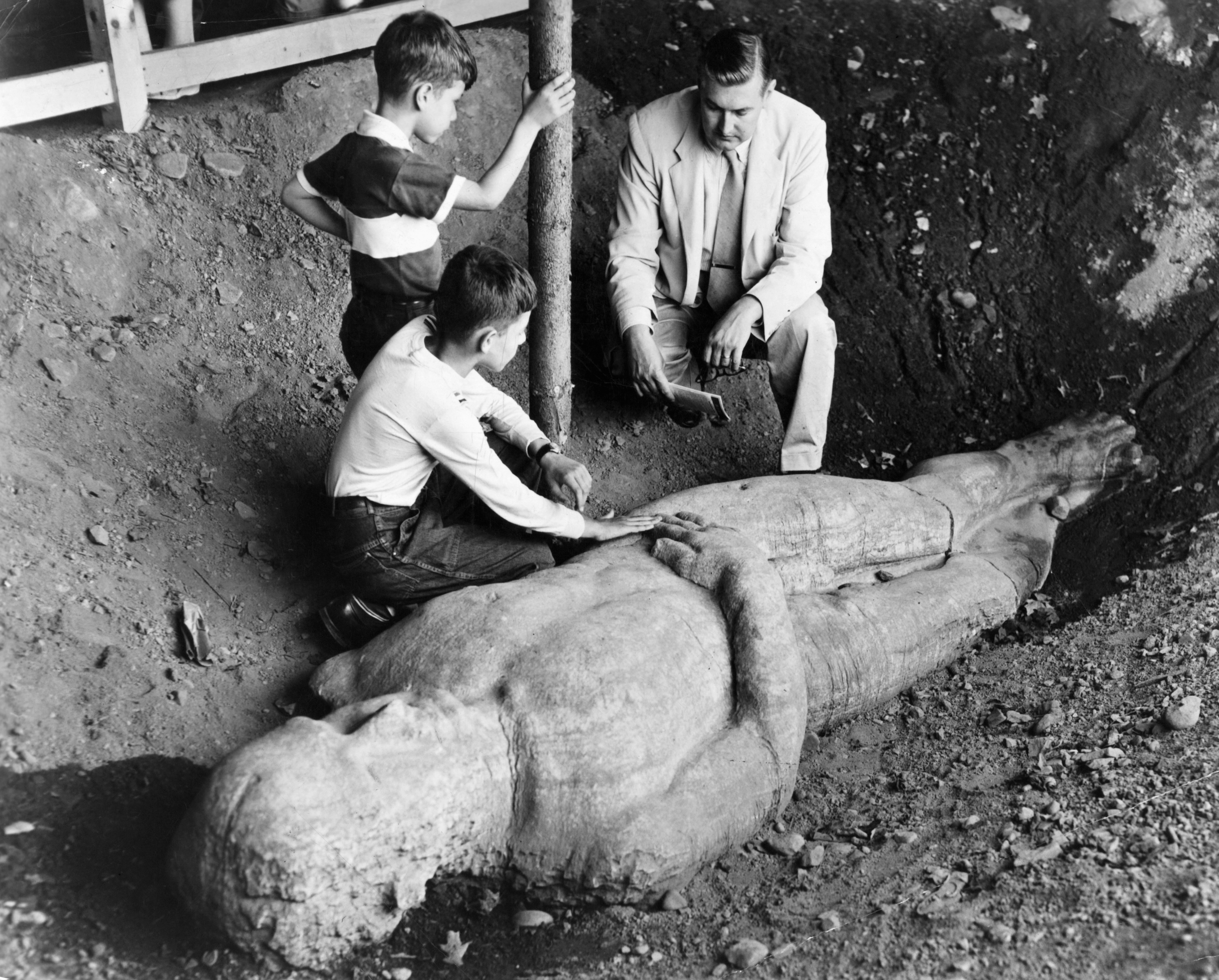
No matter where I am or how lost I feel, I know that I can depend on the Moon. It appears almost every night — the pale inside of a shell while the sky is blue, a great orange orb in autumn, or a white flash in a smoggy sky — and, like a mother, seems to say, “There you are; I see you.” No wonder NASA is trying so hard to reach it again.
The space agency has been working on its Artemis Moon program since 2017, but the way back to our favorite satellite has been bumpy. Learn more about how things are going in today’s Inverse Daily. It’s something to think about while we wait for nightfall and, if you are an East Coaster, wait for Punxsutawney Phil to decide our fate.
This is an adapted version of the Inverse Daily newsletter for Wednesday, February 2, 2022. Subscribe for free and earn rewards for reading every day in your inbox. ✉️

What’s the status of NASA’s Moon program?
NASA hasn’t sent a human to the Moon since 1972, but that doesn’t mean it hasn’t been trying.
For years, the agency has labored over the Artemis Moon program, “NASA’s latest campaign to return to the Moon following the failure of the Constellation program in the 2000s,” as space reporter Jon Kelvey explains. “Though the schedule has slipped somewhat since NASA first announced it in 2017, Artemis is on track to deliver a human crew to the Moon sometime in 2025.”
The program is behind schedule, partly for reasons beyond NASA’s direct control. The Trump administration, for example, urged the administration to get to the Moon by 2024, something NASA administrator Bill Nelson called “not grounded in technical feasibility.” Then, there was the Blue Origin lawsuit, issues with the Space Launch System (SLS) rocket, and, well, you get the idea. Smooth sailing, this is not — but there is still hope.
“Proposed Artemis missions could launch annually through 2033,” writes Kelvey. “Whether all proposed Artemis missions will fly, or if, like Apollo, the new Moon program will be cut short by a future presidential Administration, NASA will make full use of the time it has on our natural satellite.”
Look up, it’s the Moon: SpaceX crashing into the Moon might be a good thing

The European Space Agency is assembling its next big rocket
The Ariane 6 is the latest in the European Space Agency’s line of Arianes, which can count launching the James Webb Space Telescope among its many accomplishments (aboard an Ariane 5!).
“Designed as a less costly, more flexible heavy-lift vehicle than the Ariane 5, development of the Ariane 6 began in 2014,” writes Jon Kelvey.
“If all goes well, Ariane 6 rockets will begin flying ESA missions such as the HERA spacecraft in 2024, while competing with SpaceX’s Falcon 9 and United Launch Alliance’s Atlas 5 rockets to launch commercial payloads beginning in 2023.”
But the Ariane 6’s future is still unclear.
Compare rockets: How Ariane 6 stacks up against SpaceX

Scientists are finding surprising cannabis connections in Covid-19
Here’s the good news: According to new research, some cannabis compounds could help treat Covid-19.
“Researchers from the University of Oregon [...] found three of the naturally occurring compounds in hemp (cannabis sativa) appear to be able to attach to the SARS-CoV-2 spike protein, blocking it from entering human cells,” writes Katie MacBride.
“Then, a week later, researchers at the University of Chicago published a study in Science Advances suggesting CBD and 7-OH-CBD, a byproduct created when you ingest CBD, prevents SARS-CoV-2 by manipulating the way the virus replicates once inside a cell.”
Here’s the bad news: Although gathering in strength, research on cannabis, never mind cannabis and Covid-19 is still limited and preliminary. It’s also constrained by “legal and institutional barriers” that “prevent many researchers from studying anything that could be converted to THC,” writes MacBride.
Also: Smoking weed won’t prevent Covid-19. However, there may be a case to be made for CBD as a potential treatment for the virus.
Don’t inhale: The surprising reason cannabis smells “skunky”

Stretching boosts health, but not for the reason you think
“As a deeply unathletic person, gym class was my waking nightmare,” writes Katie MacBride. “The one thing I didn’t absolutely loathe or suck at was the mandatory stretching session we had to do before playing whatever nightmare sport was on the agenda that day. Unlike getting a ball in the esophagus, stretching feels good. But is it good for you?”
Yes and no. This might surprise you if you’ve ever received workout advice before, but “there’s no solid evidence to suggest that stretching before (or after) a workout prevents injury or muscle soreness as a result of the activity,” reports MacBride. But that doesn’t mean it can’t help your body in other ways.
“Numerous studies confirm stretching is an excellent way to keep your muscles strong, flexible, and healthy,” writes MacBride.
Read on to learn the best way to start stretching and more on the misunderstood activity.
Downward dog: This one type of exercise is three times better than walking

Price, specs, and release plans for Ford’s E-Transit
The Ford-150 Lightning is set to blaze through your local neighborhood later this year, but Ford is hoping to light up the private sector, too; the company recently began production on the Ford E-Transit commercial van. Inverse transportation writer Jordan Golson identifies it as the electric counterpart to Ford’s gas-using Transit, “one of the most successful commercial vehicles ever.”
Although the information on the E-Transit is still somewhat limited, Golson writes that “you’ll be seeing them on the roads soon.” He maps out E-Transit essentials, like horsepower, charging time, and battery range.
That last part gets a little complicated — “the EPA doesn’t actually rate commercial vehicles like the E-Transit for fuel economy,” writes Golson.
It’s electric: The best-selling electric cars of 2021

About this newsletter: Do you think it can be improved? Have a story idea? Want to share a story about the time you met an astronaut? Send those thoughts and more to newsletter@inverse.com.
- On this day in history: In 1869, New Yorker George Hull carved a large hunk of gypsum into the shape of a man and pretended to discover the buried giant in his cousin’s backyard. The stone gained national attention and P.T. Barnum offered to buy the petrified body for $150,000 (now around $3 million). That is, until February 2, 1870, when newspapers declared the so-called Cardiff Giant to be a hoax.
- Song of the day: “The Marble Eye,” by Anna von Hausswolff.







